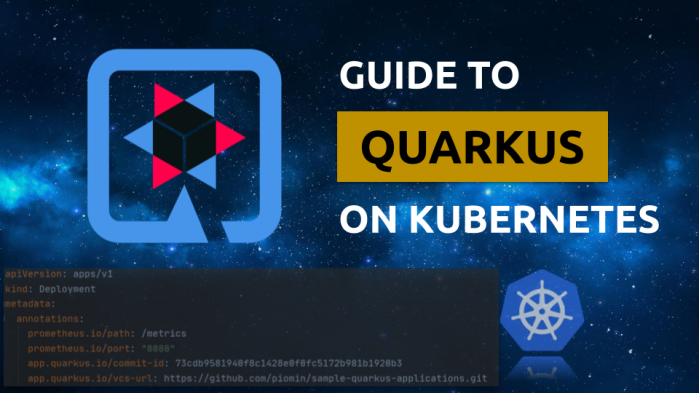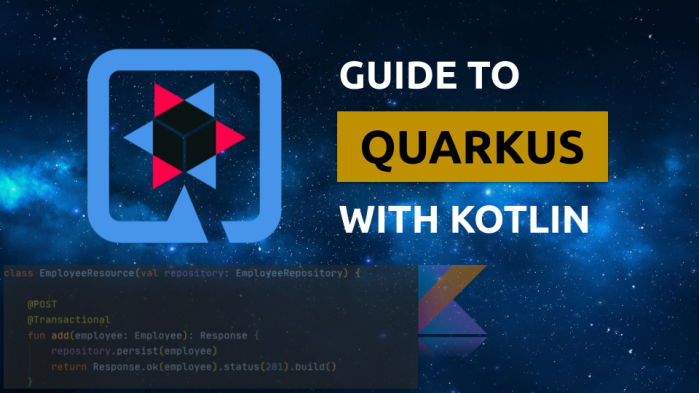Quarkus is a framework for building Java applications in times of microservices and serverless architectures. If you compare it with other frameworks like Spring Boot / Spring Cloud or Micronaut, the first difference is native support for running on Kubernetes or Openshift platforms. It is built on top of well-known Java standards like CDI, JAX-RS, and Eclipse MicroProfile which also distinguishes it from Spring Boot or Micronaut. Continue reading “Quick Guide to Microservices with Quarkus on Openshift”
Tag: quarkus
Guide to Quarkus on Kubernetes
Quarkus is usually described as a Kubernetes-native Java framework. It allows us to automatically generate Kubernetes resources based on the defaults and user-provided configuration. It also provides an extension for building and pushing container images. Quarkus can create a container image and push it to a registry before deploying the application to the target platform. It also provides an extension that allows developers to use Kubernetes ConfigMap as a configuration source, without having to mount them into the pod. We may use fabric8 Kubernetes Client directly to interact with the cluster, for example during JUnit tests. Continue reading “Guide to Quarkus on Kubernetes”
Guide to Quarkus with Kotlin
Quarkus is a lightweight Java framework developed by RedHat. It is dedicated for cloud-native applications that require a small memory footprint and a fast startup time. Its programming model is built on top of proven standards like Eclipse MicroProfile. Recently it is growing in popularity. It may be considered as an alternative to Spring Boot framework, especially if you are running your applications on Kubernetes or OpenShift. Continue reading “Guide to Quarkus with Kotlin”


